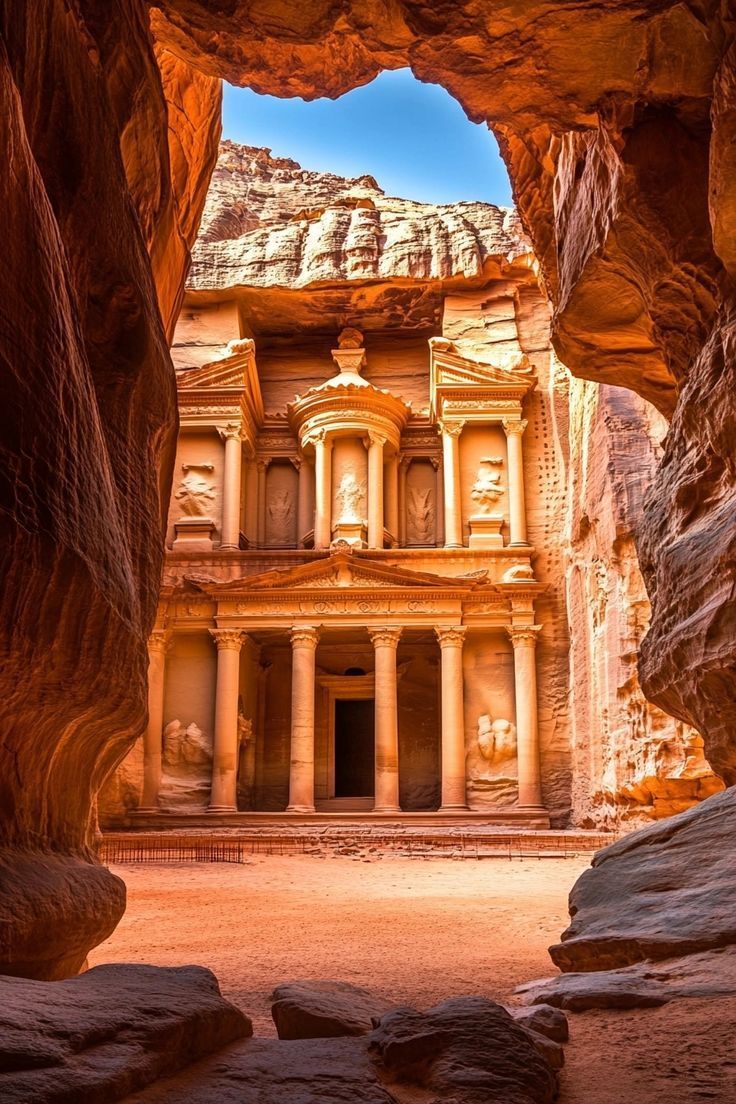
Sheikh Zayed Mosque, located in Abu Dhabi, United Arab Emirates, is one of the largest and most beautiful mosques in the world. With its magnificent architecture and stunning design, the mosque not only serves as a place of worship but also as a symbol of Islamic culture and heritage. This article will discuss the history, architecture, and beauty of the Sheikh Zayed Mosque that captivates many people.
History of the Sheikh Zayed Mosque

Construction of the Mosque
Construction of the Sheikh Zayed Mosque began in 1996 and was completed in 2007. The project was initiated by Sheikh Zayed bin Sultan Al Nahyan, former President of the United Arab Emirates, to honor the country’s cultural and spiritual heritage. The mosque was designed to be a gathering place for Muslims from all over the world.
Meaning of the Name
The mosque is named after Sheikh Zayed, known as the “Father of the Nation” of the United Arab Emirates. The name reflects his dedication and commitment to the development of the country and Islamic values.
Magnificent Architecture

Architectural Design and Style
Sheikh Zayed Mosque combines architectural elements from various Islamic cultures, including Mughal, Moorish and Persian influences. With a total area of 12 hectares and able to accommodate up to 40,000 worshippers, this mosque is one of the largest in the world.
Dome and Tower
The mosque has 82 domes of seven different sizes, which are the hallmark of the building. The towering minarets add to the architectural beauty of the mosque, providing stunning views from every angle.
High Quality Material
The mosque building is dominated by pure white marble from Macedonia, which symbolizes purity. In addition, the interior is decorated with the world’s largest chandelier made of Swarovski crystals, as well as the largest carpet designed by Iranian artists.
Interior Beauty

Big Carpet
One of the main attractions of the interior of the Sheikh Zayed Mosque is the large carpet that covers the floor of the main prayer hall. The carpet weighs about 35 tons and was made by more than 1,300 workers.
Calligraphy Art
The walls of the mosque are decorated with beautiful calligraphy depicting verses from the Quran and other inspirational quotes. This calligraphy adds a spiritual nuance and visual beauty to the mosque.
Social and Cultural Functions

Education Center
Apart from being a place of worship, the Sheikh Zayed Mosque also functions as a center for cross-cultural education. Here there is a library with a collection of books in various languages about Islamic history and Arab culture.
Tourist Destinations
Sheikh Zayed Mosque attracts millions of visitors every year from around the world, both Muslims and non-Muslims, to learn about Islamic culture and enjoy the architectural beauty.
Conclusion
Sheikh Zayed Mosque is a remarkable example of the blend of tradition and modernity in Islamic architecture. With its captivating beauty and deep meaning behind its construction, this mosque is not only a place of worship but also a symbol of unity and tolerance between cultures.
FAQ (Frequently Asked Questions)
- When was the Sheikh Zayed Mosque built?
Construction of the Sheikh Zayed Mosque began in 1996 and was completed in 2007. - What are the main features of the Sheikh Zayed Mosque?
Key features include large domes, tall minarets, the world’s largest carpet, and Swarovski crystal chandeliers. - What is the significance of the name Sheikh Zayed Mosque?
The mosque is named after Sheikh Zayed bin Sultan Al Nahyan, the former President of the UAE who played a major role in the development of the country. - Is the Sheikh Zayed Mosque open to non-Muslim visitors?
Yes, the Sheikh Zayed Mosque is open to non-Muslim visitors and many people from different backgrounds come to visit the mosque. - What is the educational purpose of the Sheikh Zayed Mosque?
The mosque serves as a center for cross-cultural education with a library that has a collection of books on Islamic history and Arab culture.
By understanding more deeply the beauty and meaning of the Sheikh Zayed Mosque, we can better appreciate the cultural heritage and spirituality contained within it!
Citations:
[1] https://kumparan.com/kumparannews/megahnya-masjid-sheikh-zayed-solo-miniatur-sheikh-zayed-grand-mosque-abu-dhabi-1zX7b38DPnd
[2] https://www.nu.or.id/nasional/megahnya-arsitektur-masjid-sheikh-zayed-solo-khas-timur-tengah-NeBlG
[3] https://ejurnal.unima.ac.id/index.php/desciars/article/download/5729/2783/22060
[4] https://journal.interstudi.edu/index.php/journaldesain/article/download/1709/314
[5] https://international.sindonews.com/read/1014487/45/fakta-seputar-masjid-sheikh-zayed-abu-dhabi-1675530168
[6] https://id.wikipedia.org/wiki/Masjid_Sheikh_Zayed


